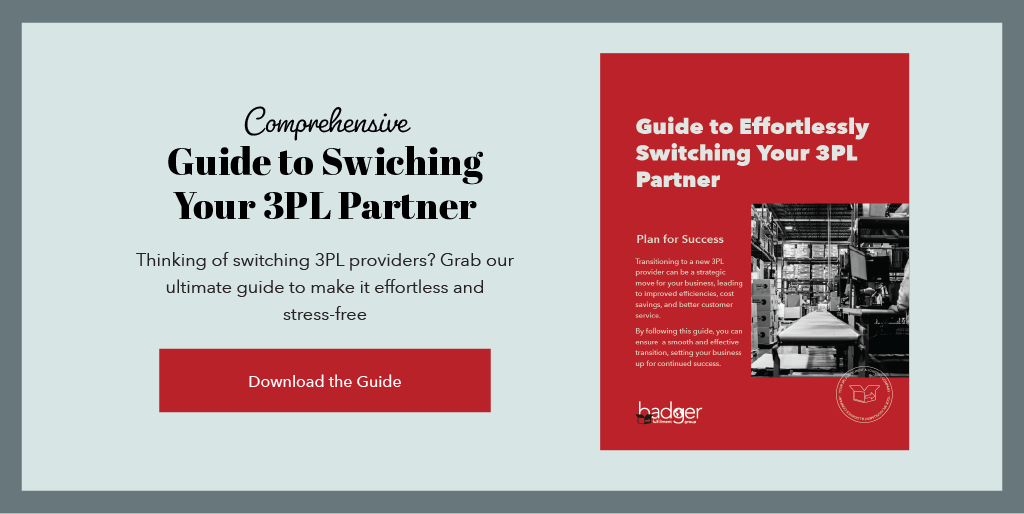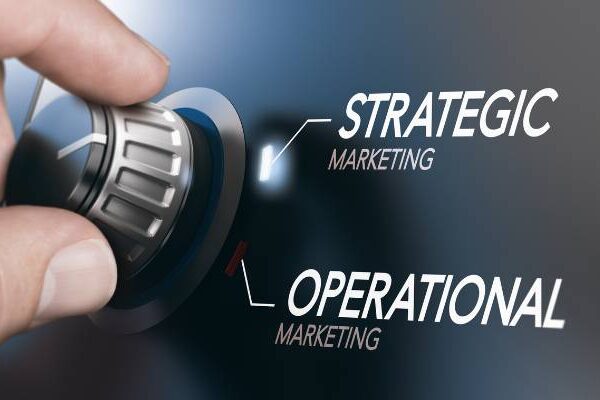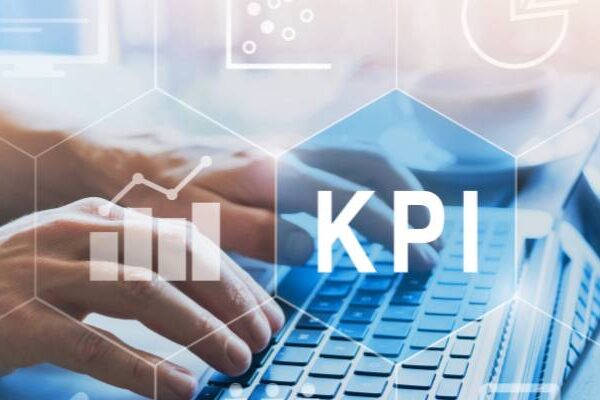In today’s fast-paced and ever-evolving business landscape, efficiency and adaptability are key. This is particularly true in the realm of logistics, where Third-Party Logistics (3PL) providers play a crucial role. Selecting the right 3PL partner can significantly impact your business’s operational efficiency, customer satisfaction, and overall growth. However, transitioning to a new 3PL provider can be a daunting task. This comprehensive guide aims to provide you with an educational, detailed, yet conversational approach to ensure a seamless transition.
What is a 3PL Provider?
Ever wondered what a 3PL is? Simply put, a 3PL, or Third-Party Logistics provider, is a specialized company that offers a suite of logistics services to businesses. These services encompass vital operational areas such as transportation, warehousing, fulfillment, and inventory management. By partnering with a 3PL provider, businesses can outsource a significant portion of their operational logistics, from storing goods in warehouses to managing their delivery. This partnership allows companies to redirect their focus and energy towards their core competencies, driving growth and efficiency.
Top 10 Reasons Why You May Need to Change 3PLs
Sometimes a change in your 3PL provider is necessary to align with your evolving business needs. Here are some key reasons for considering a switch to determine if your 3PL isn’t cutting it:
- Cost-Effectiveness: Lower costs or better value offerings from another provider.
- Enhanced Services: Seeking advanced or additional services not provided by the current 3PL such as kitting or bundling
- Geographical Reach: Expanding to new markets not supported by your existing 3PL.
- Technology Integration: Need for better technology or software integration capabilities.
- Improved Customer Service: Seeking a 3PL with a stronger customer service ethic to enhance client satisfaction.
- Scalability: The need for a provider that can scale services up or down in response to business fluctuations.
- Specialized Expertise: Looking for a 3PL with specific industry expertise or specialized handling capabilities.
- Sustainability Focus: Switching to a provider with a stronger commitment to sustainability and eco-friendly practices.
- Better Risk Management: Seeking a 3PL with more robust risk management strategies and contingency planning.
- Customization and Flexibility: Looking for a provider that offers more tailored solutions and flexibility in services.
Steps to Take for a Seamless 3PL Transition
Transitioning to a new 3PL provider requires careful planning and execution. Here’s how to make it seamless:
Identifying Pain Points of Current Provider
Before you begin the transition, identify the limitations or challenges faced with your current 3PL provider. This can include issues like frequent delays, high costs, inadequate customer service, or limited technological capabilities.
Understand Your Business Needs
Understanding your specific logistics requirements is crucial in selecting the right 3PL. Consider the following aspects:
- Monthly Orders: Estimate the volume of orders to ensure the new 3PL can handle your demand.
- Seasonality: Does your business experience seasonal peaks and how will the new 3PL manage these variations?
- Supplier Relationships: How will the transition impact your existing supplier relationships?
- Your Growth Plan: Ensure the new 3PL can accommodate your future expansion plans.
- Projects: Consider any special projects that require unique logistics needs.
- Sales Channels: Evaluate how the new 3PL will integrate with your various sales channels.
Setting Objectives
When setting objectives for a new 3PL partnership, it’s essential to establish clear, measurable goals that align with your business strategy. This involves not just identifying general aims such as cost reduction, improved efficiency, or market expansion, but also defining specific targets within these areas. For instance, under cost reduction, you might set a precise percentage goal for logistics cost savings or a target for reducing shipping times to enhance customer satisfaction. If improving efficiency is a priority, objectives could include streamlining inventory management, achieving faster order processing times, or implementing more effective supply chain analytics. When considering expansion into new markets, set goals around the capacity to handle increased order volumes, the ability to navigate different regulatory environments, or the capability to provide specialized logistics services tailored to new geographical areas. By setting these detailed objectives, you can create a focused roadmap for your 3PL partnership, ensuring that the provider not only aligns with your current needs but is also capable of scaling and evolving as your business grows.
Requesting Proposals and Quotes
Requesting proposals and quotes from potential 3PL providers is a crucial step in selecting a suitable partner. In your request, concisely detail your logistics requirements, including order volumes, shipping needs, and specific challenges. This clarity helps providers understand your current operations and future goals, enabling them to offer tailored solutions and technology capabilities. By evaluating these comprehensive proposals, you can compare not just the costs, but also how each provider plans to meet your unique logistics needs and support your business’s growth. This approach ensures a choice that prioritizes long-term efficiency and strategic alignment over cost alone.
Research and Compare 3PLs
When researching and comparing potential 3PL providers, it’s vital to consider a range of factors such as the breadth and quality of services offered, their cost structure, and technological capabilities. Understanding their pricing models and how they integrate technology into their operations will give you a clearer picture of their efficiency and compatibility with your needs. Additionally, delving into their market reputation and customer feedback provides valuable insights into their reliability and customer service quality. However, one of the most informative steps you can take is visiting the 3PL’s facilities, either in person or virtually. Such visits offer a unique opportunity to see their operations firsthand, understand the dynamics of their team, and gauge the level of professionalism and care they apply to their services. This direct observation can be instrumental in assessing how well they might handle your business, giving you a tangible sense of the people behind the company and a preview of the customer service you can expect.
Develop a Transition Plan
A well-crafted transition plan is vital. It should include:
- Timeline: Start by outlining a realistic timeline for the entire transition. This timeline should include key milestones and deadlines for each stage of the process.
- Resource Allocation: Early in the planning phase, determine the resources (financial, human, technological) required for a smooth transition. This includes identifying personnel who will lead and manage the transition.
- Detailed Project Plan: Develop a comprehensive project plan that aligns with the timeline, detailing specific tasks, deadlines, and responsible parties for structured progress.
- Stakeholder Communication: Plan and initiate communication with all stakeholders, including employees, suppliers, and customers, informing them of the transition, its timeline, and potential impacts.
- Communicate with Your Customers: Inform your customers about the transition and how it might affect them, ensuring transparency and maintaining trust.
- Risk Management: Identify potential risks associated with the transition and develop mitigation strategies. This should be an ongoing process throughout the transition.
- Data Migration Strategy: Formulate a strategy for the safe and efficient transfer of all relevant data from the old to the new 3PL system, ensuring data integrity and minimal downtime.
- Integration Testing: Schedule rigorous testing for all integrated systems and processes. This should be done in phases, in line with the project timeline, to ensure smooth operation post-transition.
- Training and Support: Implement a training program for staff to familiarize them with new systems and processes. Establish a support system for addressing questions and concerns during the transition.
- Inventory Transfer Plan: Develop a detailed plan for transferring inventory, ensuring it aligns with the project timeline to minimize disruption to operations.
- Service Level Agreements (SLAs) Review: Concurrent with the inventory transfer, review and finalize the SLAs with the new 3PL to ensure they are clearly defined and understood.
- Legal and Compliance Checks: Ensure all legal and regulatory compliances are met during the transition. This step should be ongoing throughout the project.
- Financial Planning: Parallel to the legal checks, plan and allocate budget for the transition costs, including potential downtime, additional resources, and unexpected expenses.
- Contingency Planning: Develop contingency plans for critical stages of the transition. This step should be integrated throughout the project timeline.
- Performance Metrics and KPIs: Define and establish key performance indicators (KPIs) and metrics to measure the success of the transition and ongoing operations.
- Feedback Mechanisms: Establish mechanisms for receiving and processing feedback from employees and stakeholders during and after the transition.
- Post-Transition Review: Schedule a thorough review after the transition to evaluate success, using the predefined KPIs, and identify areas for improvement.
- Ongoing Partnership Management: Develop strategies for maintaining and nurturing the relationship with the new 3PL provider, including regular meetings and performance reviews.
- Technology Upgrade Plan: If new technology or systems are part of the transition, include a plan for their implementation and integration, aligning with the overall project timeline.
After the transition, continuously monitor the performance and make necessary adjustments for optimization.
Frequently Asked Questions About 3PL Transitions
How important is customer communication during a 3PL transition?
Extremely important; it maintains transparency and trust with your customers.
Is it necessary to monitor the new 3PL's performance after transition?
Yes, continuous monitoring and adjustments are essential for optimal performance.
Can a new 3PL provider help in business expansion?
Yes, if they have the necessary capabilities and reach to support your expansion plans.
What are the risks involved in transitioning to a new 3PL?
Risks include operational disruptions, integration challenges, and potential communication gaps.
How can technology impact the choice of a 3PL provider?
Advanced technology can offer better integration, efficiency, and data analytics.
What is the role of cost in selecting a new 3PL provider?
Advanced technology can offer better integration, efficiency, and data analytics.
How long does it typically take to transition to a new 3PL provider?
The time varies depending on the complexity of operations and the efficiency of both parties.
Can I switch back to my old 3PL provider if the new one doesn't work out?
Yes, but it’s advisable to have a contingency plan in place for such scenarios.
Transitioning to a new 3PL provider can be a strategic move for your business, leading to improved efficiencies, cost savings, and better customer service. By following this guide, you can ensure a smooth and effective transition, setting your business up for continued success.
Did you find this helpful? If you would like a downloadable version of this guide to help you through a 3PL transition, please click below for a PDF downloadable guide.






